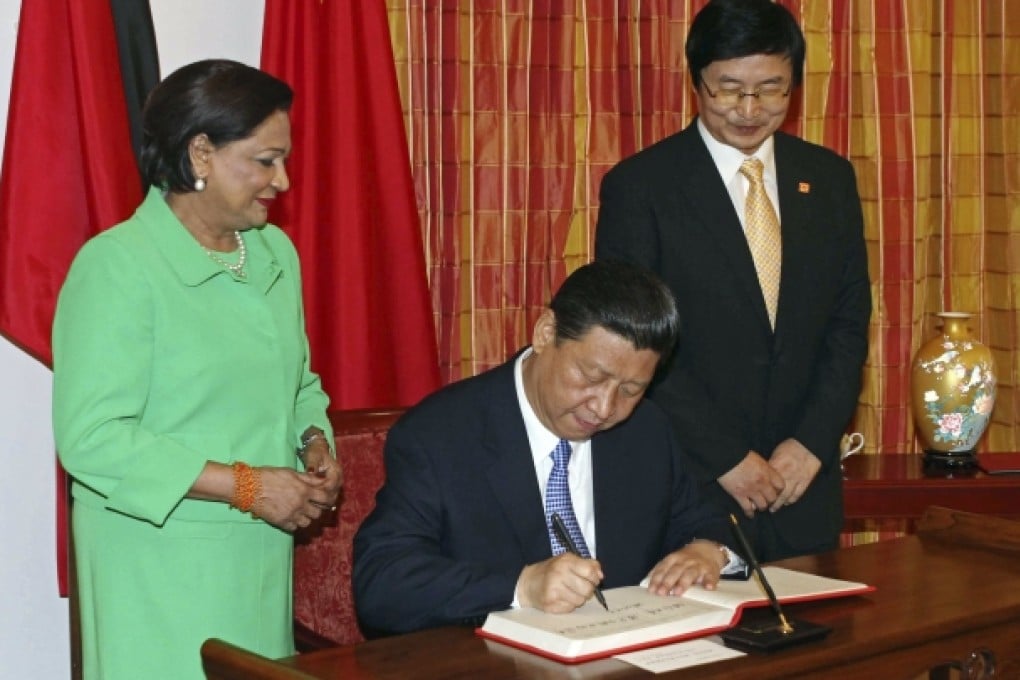Asia must learn to tango with new trade partners
Simon Tay says the region has much to gain from working with thriving Latin America

In a world where Europe and the US are struggling, both East Asia and Latin America are performing well, even if they also face challenges. More than 12 years after it began, the Forum for East Asia and Latin American Co-operation has failed to grab headlines in the same way as, say, the BRICs. Yet the relationship has grown.
Notwithstanding the considerable distances, inter-regional trade has increased at an average of 20.5 per cent over the past decade, and is projected to reach US$500 billion this year. The full range of goods crosses the oceans, with resources especially important.
Global conditions are pushing the two regions closer. At the recently concluded meeting in Bali for foreign ministers from East Asia and Latin America, Marty Natalegawa, foreign minister of the host, Indonesia, said the forum could assist in "the next major shift in the world's geo-politics and geo-economy".
Yet this cannot happen overnight and, if left to market forces, relations would be dominated by the larger or more developed countries. China, for instance, accounts for nearly half of East Asia's trade with Latin America. Among the Latin Americans, Brazil attracts the most interest, despite a recent slowdown. Smaller economies on each side tend to be less noticed.
Yet Peru and Colombia have racked up impressive growth rates, after making political changes and policy reforms. The recently formed Pacific Alliance brings them together with Chile, Mexico and Costa Rica, accounting for a sizeable US$445 billion in exports.
On the Asian side, further integration of the Association of Southeast Asian Nations will boost competitiveness.
